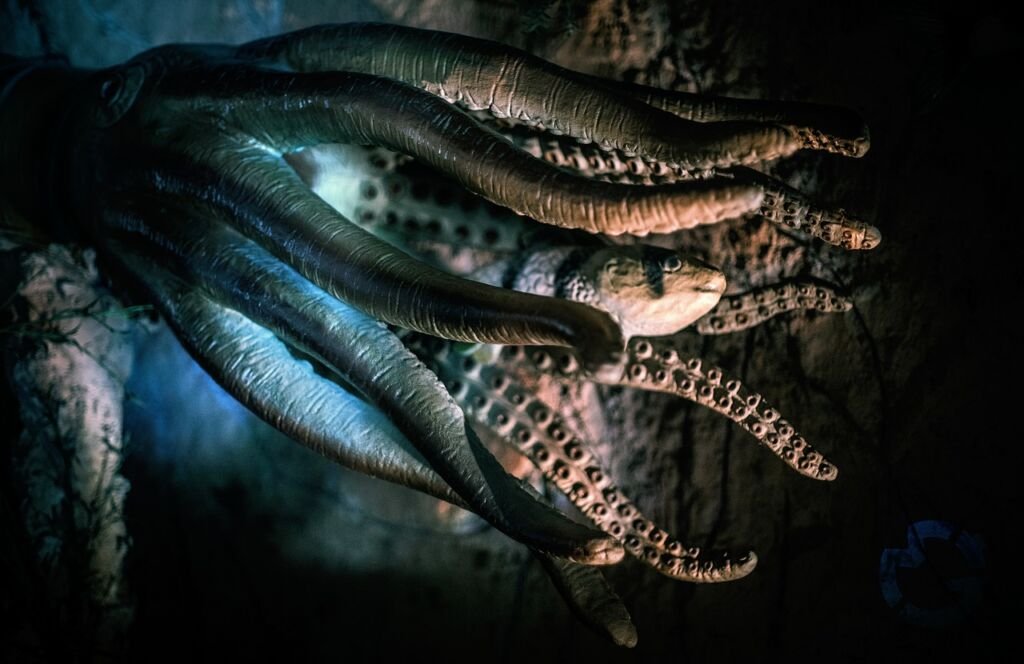Introduction:
Nature is full of amazing adaptations that allow animals to survive and thrive in their environments. One of the most intriguing is mimicry, where an animal copies the appearance, behavior, or sound of another species to gain an advantage. In this post, we’ll explore seven fascinating examples of animal mimicry in nature, from predators that imitate harmless prey to prey that mimic toxic species.
1. Viceroy and Monarch Butterflies

The viceroy butterfly is a classic example of Batesian mimicry, where a harmless species mimics the appearance of a toxic one to deter predators. The viceroy’s wings have a similar color pattern to the monarch butterfly, which is poisonous due to the milkweed it eats. By mimicking the monarch’s appearance, the viceroy benefits from the predator’s learned avoidance of the toxic species.
2. Mimic Octopus

The mimic octopus is a master of deception, using its ability to change color and shape to imitate various animals, from lionfish to sea snakes. The mimic octopus can alter its skin texture and color to match its surroundings, allowing it to blend in and avoid detection by predators.
3. Leaf-Tailed Gecko
The leaf-tailed gecko is a master of camouflage, using its flattened body and leaf-shaped tail to blend in with its surroundings. This remarkable mimicry allows the gecko to hide from predators, who may mistake it for a dead leaf on a tree branch.
4. Orchid Mantis
The orchid mantis is a fascinating example of aggressive mimicry, where a predator mimics its prey to lure in unsuspecting victims. The orchid mantis has a pink and white coloration that resembles the flowers of an orchid. Insects that come to feed on the “flower” are captured and consumed by the mantis.
5. Fangblenny Fish
The fangblenny fish is a small fish that mimics the appearance of the toxic bluestreak cleaner wrasse. By imitating the colors and patterns of the harmless cleaner fish, the fangblenny is able to approach other fish without being detected as a potential predator.
6. Spanish Alcon Blue Butterfly
The Spanish alcon blue butterfly is an example of Müllerian mimicry, where multiple toxic species resemble each other to reinforce their warning signals. The alcon blue has a similar coloration to other toxic blue butterflies, such as the common blue and the Adonis blue, which all have a toxic defense mechanism.
7. Bolas Spider

The bolas spider is a unique predator that uses mimicry to lure in male moths as prey. The spider produces a pheromone that mimics the scent of female moths, which the male moths mistake for a mate. When the moth approaches, the spider uses a sticky silk ball called a bolas to capture its prey.
Conclusion:
Animal mimicry is a remarkable example of how organisms adapt and evolve to survive in their environments. From predators that imitate their prey to prey that mimic toxic species, the examples of animal mimicry in nature are fascinating and diverse. By studying these adaptations, we can gain a deeper understanding of the natural world and the incredible ways in which animals have evolved to thrive in it.
